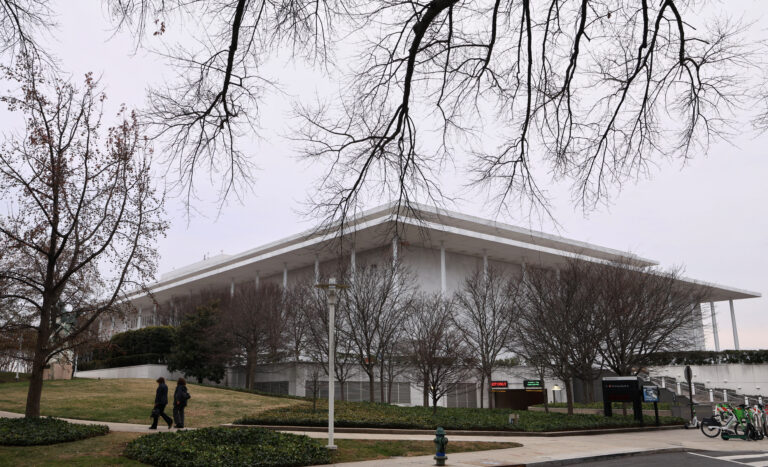
The show's host, musician Chuck Redd, says that he called off the performance in the wake of the White House…
Notice: Transcripts are machine and human generated and lightly edited for accuracy. They may contain errors.
John Yang: And on this last weekend of Hispanic Heritage Month, the story of a graffiti artist to help bring the medium into the mainstream and along the way gave voice to Latina artists. It’s part of our series Hidden Histories.
These days, the works of Lady Pink are in the collections of big New York City art museums like The Whitney and The Metropolitan. But New York City subway cars were her first canvas. Lady Pink, also known as Sandra Favara, is called the First Lady of Graffiti. One of the pioneers in the male dominated 1970s and 80s graffiti art movement raising what was thought of as gang related vandalism into a serious art form.
Sandra Favara, First Lady of Graffiti: It is more than just the style, it’s a culture. It’s an entire culture. It’s an underground culture. It’s thousands and thousands of kids, everyone knows each other. It’s like family and the way you dress the way you talk the way you act the way you write. So, that’s all graffiti.
John Yang: Born in Ecuador in 1964, to a seamstress and an architect, she always had artistic aspirations. When she was seven, her family moved to Queens. As a teenager, she began writing as spray painting graffiti is called she tagged her work Lady Pink because she was thought to be the city’s only female graffiti artist at the time, and because she said she loved Victorian romances.
Graffiti artists competed to leave their work in the most dangerous and inaccessible places. A subway train was the ultimate. She said she loved the thrill but worried about arrest, something she depicted in a 1981 painting.
Sandra Favara: Is called manic depression. And it is my vision of what would have happened to me if I had been arrested as a teenager writing graffiti, I’d get thrown in jail with other real criminals. We didn’t consider ourselves hardcore criminals in any way. We were just, you know, playing around. But the reality of is that the people get hurt people get arrested your lives is ruin.
John Yang: As the mainstream art world became more interested in graffiti, her work moved from subway cars to galleries in New York and Paris. She was commissioned to create murals around the world, Ukraine, Sweden, and her native Ecuador. Her recognition grew even more when she started the 1982 independent film “Wild Style,” a love letter to graffiti artists that’s regarded as the first hip hop movie.
Her artists praised for its Latina and feminist style and for tackling issues of social justice, becoming tools for activism and change. Today, Lady Pink remains one of the most influential female artists in the field, and she passes her knowledge, skill and passion on to a new generation teaching mural painting at New York’s Frank Sinatra School of the Arts.
Sustain our coverage of culture, arts and literature.